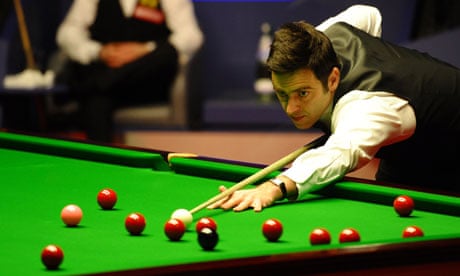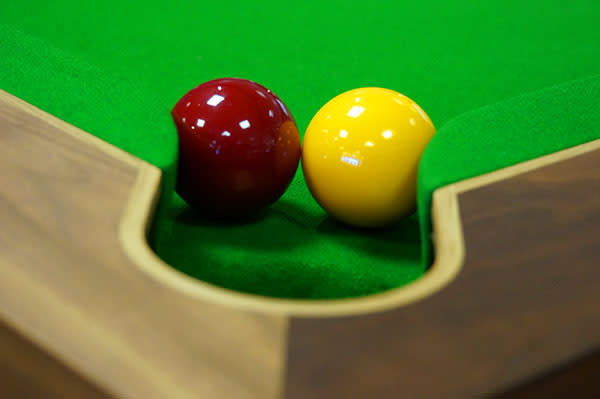
There are many materials available for making snooker utensils. Some are heavier than others, while others are lighter than others. Regardless of the material, ash and maple are both great options for snooker cues. Maple, however has some disadvantages that should be considered and should not be used without caution. These woods come in different degrees of stiffness and whippyness. It is important to choose the right cue.
Materials used in snooker cues
Ash cues feature clear grain patterns including chevrons or arrows. They can be hard to bend straight due to their uneven graining. Therefore, it is crucial to select the right cue for you to avoid potential problems.
Ash cues are traditionally made with English ash. Unfortunately, this is less common because of felling laws. Recent demand has shifted to American ash, which can be made from straight grain. English ash cues can be darker and heavier than those made in the USA and often have visible chevrons. Maples such as Acer sacrum are also available, but they tend to be more expensive. The maple timber is fully kiln-dried and seasoned for at least 12 months.
Rolled and bounded the same
Ash is a dense and lightweight wood that can be used to make snooker cues. It is less expensive than some high-end luxury snooker cups. It also has a little flex to it, which makes spinning the ball easier. It also has a lower deflection compared to other woods.

Maple and Ash are the traditional timbers used for cue shafts. Maple and Ash both offer high levels of rigidity as well as playability. Some models have brass or plastic ferrules.
Responsive for wear and tear
When you use your snooker cues, it is important to take care of them. You should store them properly, away from direct sunlight and moisture. The best way to prevent them from warping or damage is to keep them on a cue shelf. Protect them from chemicals and abrasive materials like sandpaper.
You can add weight to them to help keep them in top condition. You should choose a cue that weighs at least 17 ounces. Anything lighter will place strain on your arms. A cue that is too light can cause your arm to be accelerated.
Additional weight at the butt
The weight of the butt on a snooker cue is important for a proper balance. Many cues have ash but some are made out of maple. Some cues can be decorated while others are more plain and basic.
The butt is a heavy, lower piece attached to the shaft by a screw. The shaft is a shorter, more narrow piece. The shaft is a smaller, narrower piece that attaches to the butt. This is where a male screw threads in to a female. Cue joints may be made of brass, plastic or wood. Most common are brass to-brass joints.

Rolling and jumping the same
One of the most well-known types of snooker cues is the ash billiard. Ash snooker dice weigh around 18 to 20 ounces. This is much lighter than the larger billiard balls. Although most snooker utensils are made from ash and maple, some are made with other materials.
Ash snooker dice are also more affordable than other materials. They will cost you based on their wholesale price. You will be able to find a cue of good quality at an affordable price.